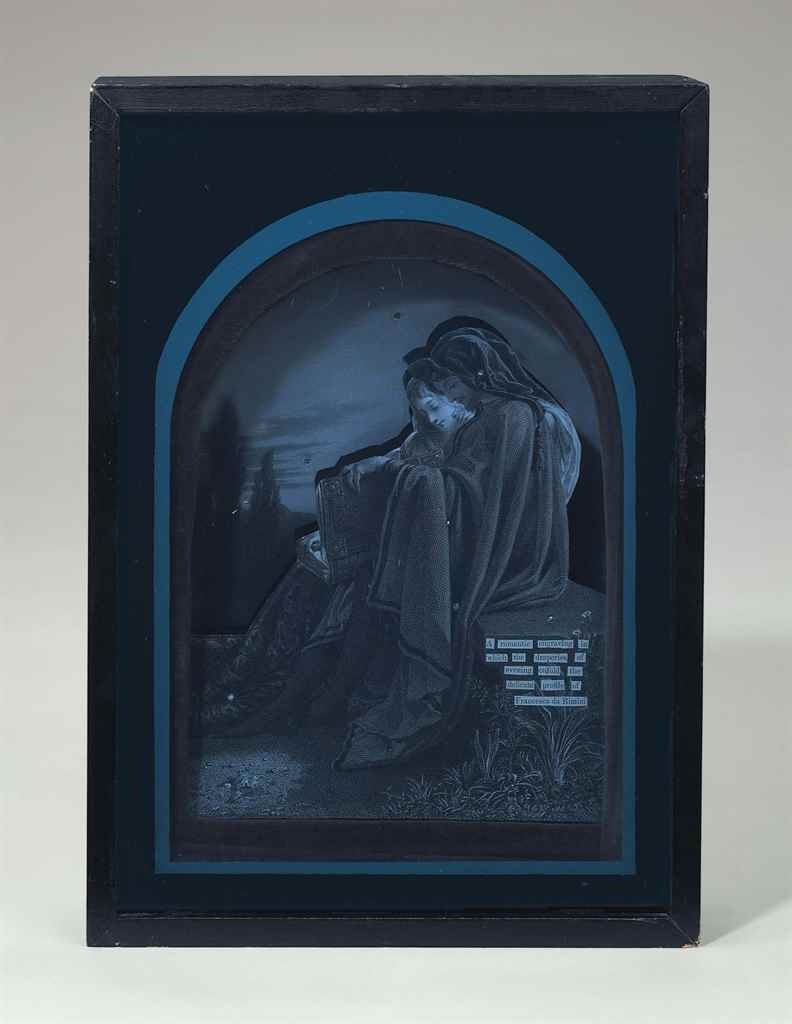Walter Hopps discovers Joseph Cornell

The artist William Copley opened a gallery in Beverly Hills in September, 1949, with the idea of introducing Surrealism to Los Angeles. Walter Hopps describes the gallery as a small bungalow with temporary interior walls made of ill-fitted wooden planks, so you could see through the gaps.
“I was fifteen and still too young to drive when I first discovered the gallery, but I had a friend take me there for the Joseph Cornell show. I didn’t know Copley, and I’d never heard of Cornell, but the show was just magical. I’d never seen art that resembled that – I didn’t know about Andre Breton’s constructions or that extraordinary Miro piece with a parrot in it. I don’t remember there being any Cornell parrot boxes in that show, but there were other boxes, and little sand fountains, and two different versions of Paolo and Francesca. These things were like poetry to me, visual poems. Not one of them sold. I think Bill bought them all for himself in the end, because they were so cheap. I started searching around for more of Cornell’s work in books, but I didn’t know what books to look at. I could have found it in Alfred Barr’s great Dada, Surrealism and Fantastic Art, but I hadn’t heard of that yet. I could have found it in a catalogue from the Wadsworth Atheneum, where Chick Austin first included Cornell in a museum show, but I certainly didn’t know that. Eventually, I found a special issue of View magazine that was devoted to Cornell; that was the first real piece of writing about him.”
The Dream Colony: A Life in Art, Walter Hopps, edited by Deborah Treisman from
interviews with Anne Doran (New York: Bloomsbury USA, 2017), 27.